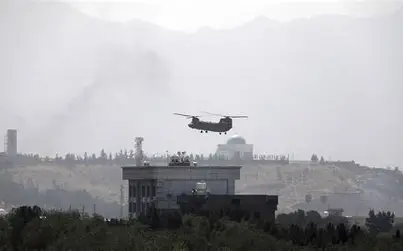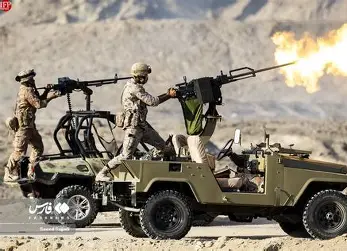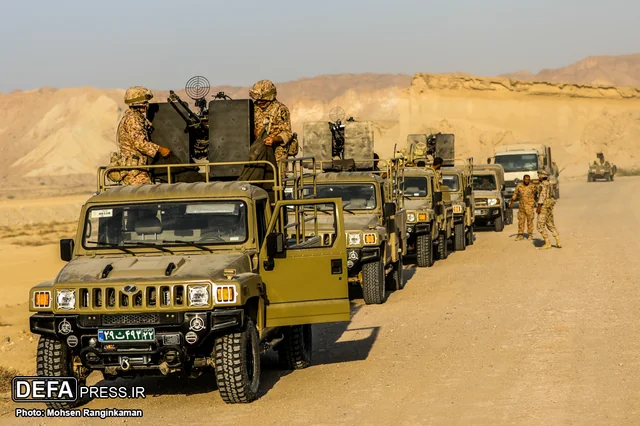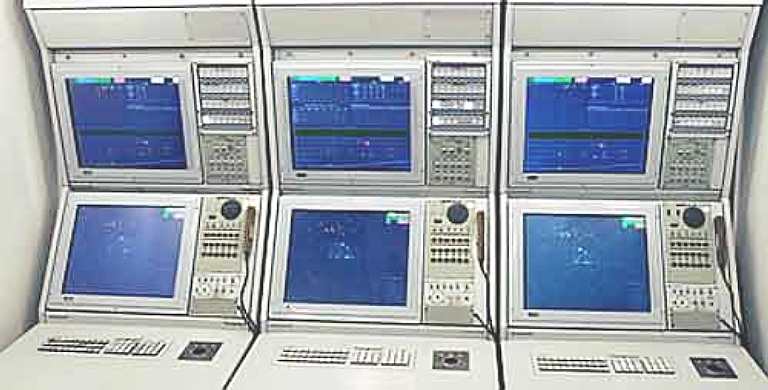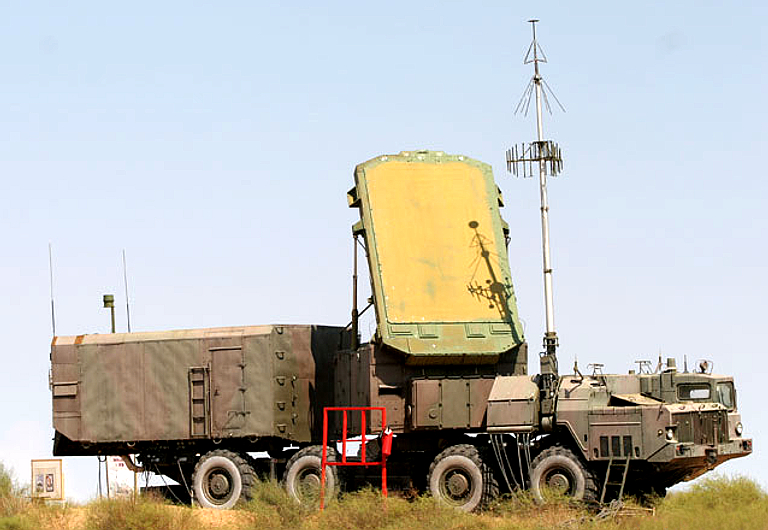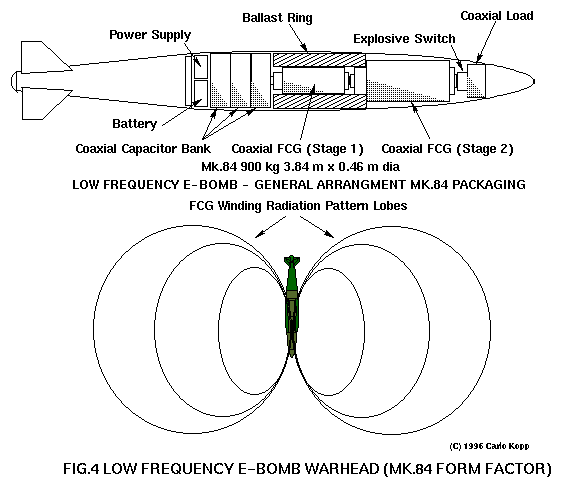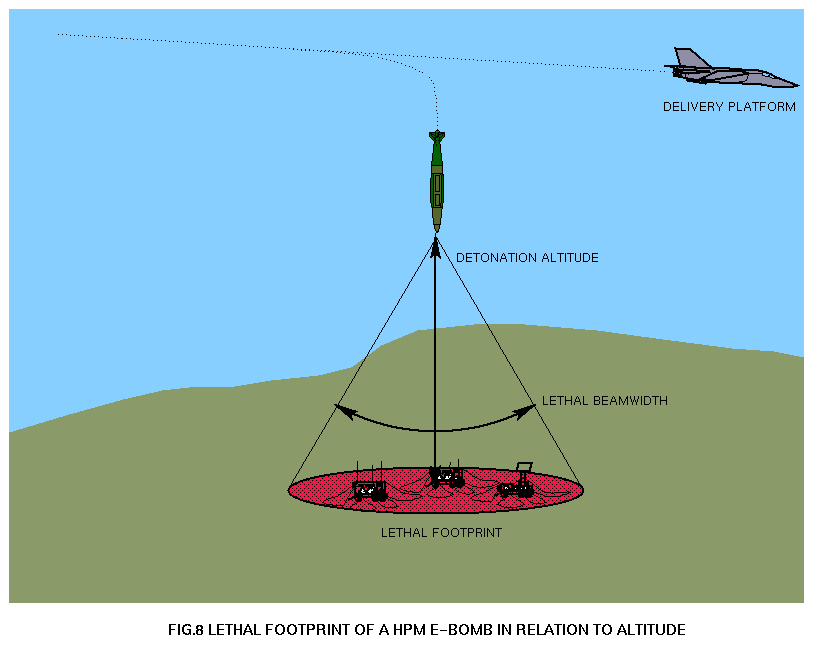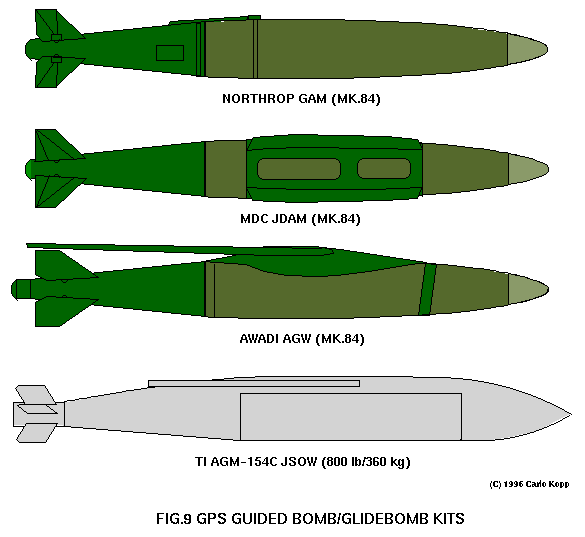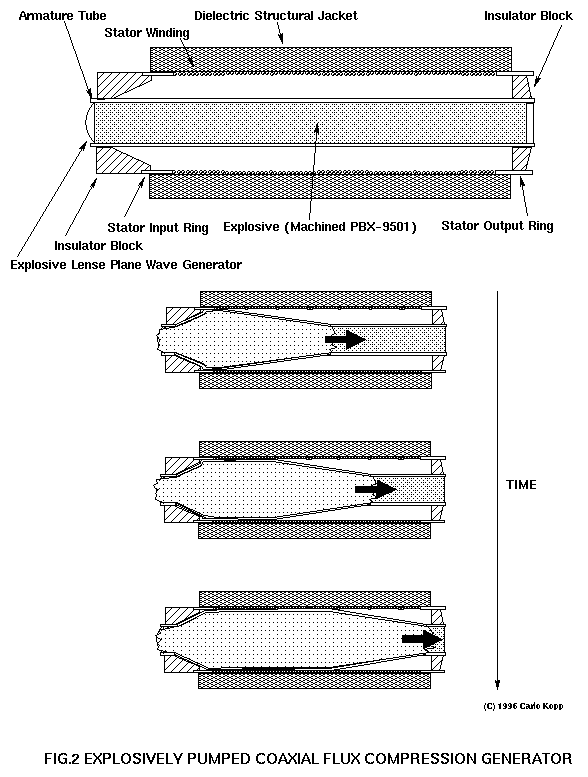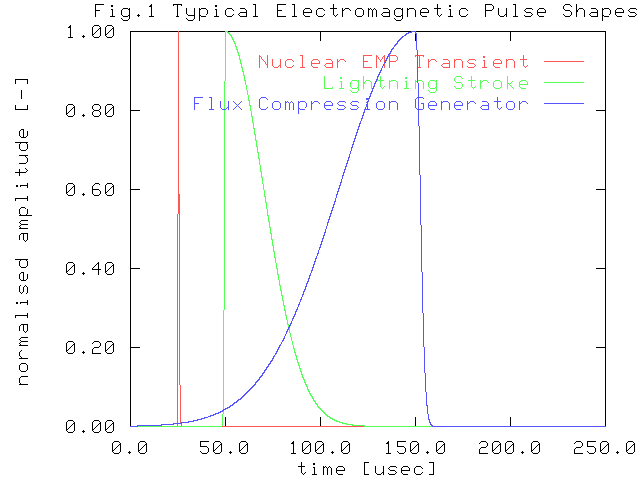Alright, let's do a Ukraine War truck maintenance and design choices🧵
Look closely at the destroyed Russian trucks in this @RALee85 video.
Look at the wood debris on the road & the lack of truck beds on the burned out trucks. There is a reason for what you are seeing.
1/
Look closely at the destroyed Russian trucks in this @RALee85 video.
Look at the wood debris on the road & the lack of truck beds on the burned out trucks. There is a reason for what you are seeing.
1/
https://twitter.com/RALee85/status/1504107526798856205
That reason is more visible with this still from an earlier video @RALee85 posted.
The majority of the Russian truck's cargo bed is made of wood planks.
This truck was hit by a small mortar shell that blew apart the wood. twisted down & severed the steel frame holding them.
2/
The majority of the Russian truck's cargo bed is made of wood planks.
This truck was hit by a small mortar shell that blew apart the wood. twisted down & severed the steel frame holding them.
2/

The choice of a wooden truck bed was one made for cost reasons.
Wood is cheaper than steel.
Plus if your industrial quality tolerances are bad, it is easier to cut a wood plank to match than make another steel frame with the right fit.
3/
Wood is cheaper than steel.
Plus if your industrial quality tolerances are bad, it is easier to cut a wood plank to match than make another steel frame with the right fit.
3/
The US Army builds it trucks and trailers with sheet steel beds for durability, world wide deployability and long, usable, life-cycle reasons.
The US Army uses its trucks a lot in lieu of the Railways.
So it puts them to really hard use over a 20 year service life.
4/
The US Army uses its trucks a lot in lieu of the Railways.
So it puts them to really hard use over a 20 year service life.
4/

This emphasis on durability at a higher costs per truck means things in combat, good things for the crew & US Army.
Wood shatters and becomes high velocity fragments when subjected to blast effects.
Steel doesn't. It bends.
5/

Wood shatters and becomes high velocity fragments when subjected to blast effects.
Steel doesn't. It bends.
5/


The trucks Russian uses generally operate at colder northern latitudes where wood is a good cost-design trade off.
America covers more north-south latitudes than Russia & the US Army has no clue where a President will send them next. So metal truck beds are the design choice
6/
America covers more north-south latitudes than Russia & the US Army has no clue where a President will send them next. So metal truck beds are the design choice
6/

Vehicle design is always a trade off of performance features for unit cost.
Vehicles appropriate for one nation's military won't be for another.
The problem for Russian conscripts in Ukraine is the cheaper Russian truck bed design choice is helping to kill them.
7/end
Vehicles appropriate for one nation's military won't be for another.
The problem for Russian conscripts in Ukraine is the cheaper Russian truck bed design choice is helping to kill them.
7/end
• • •
Missing some Tweet in this thread? You can try to
force a refresh





